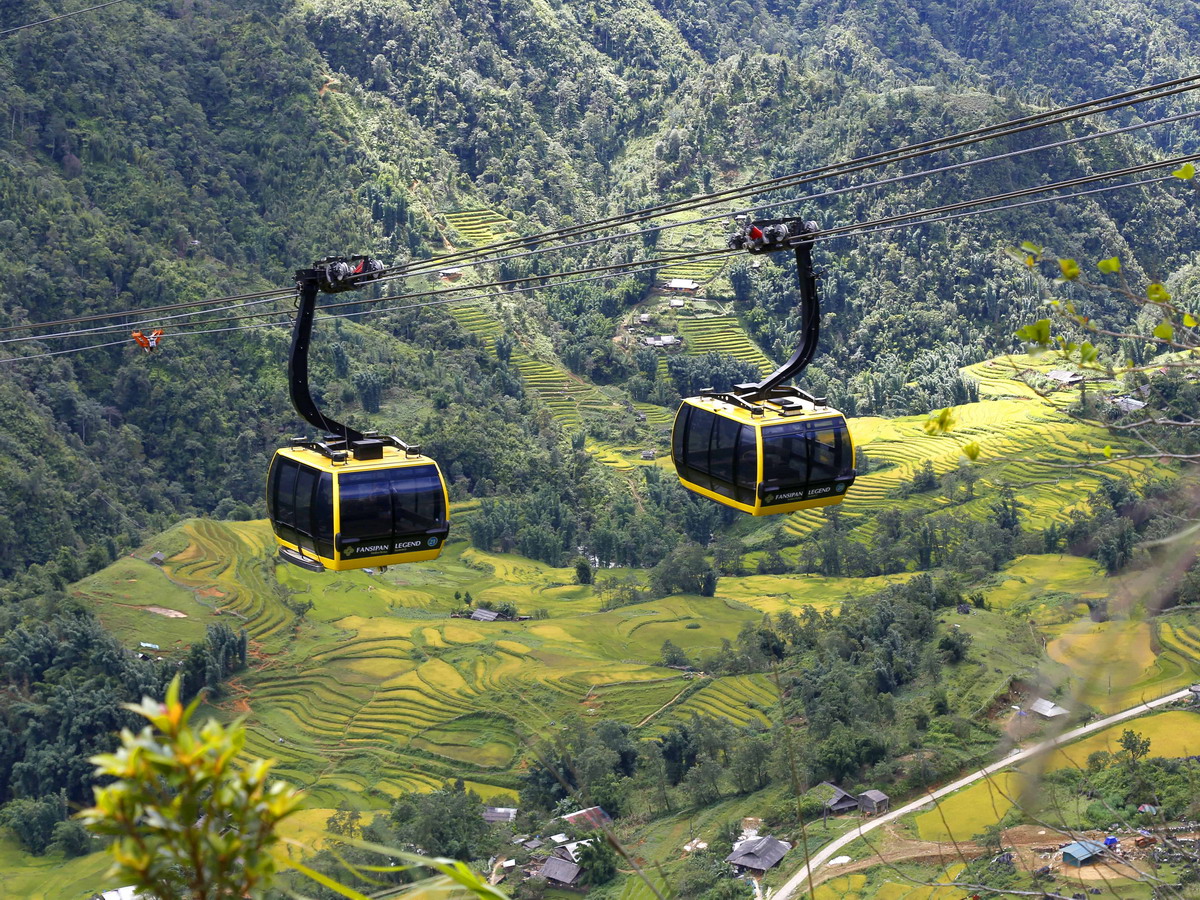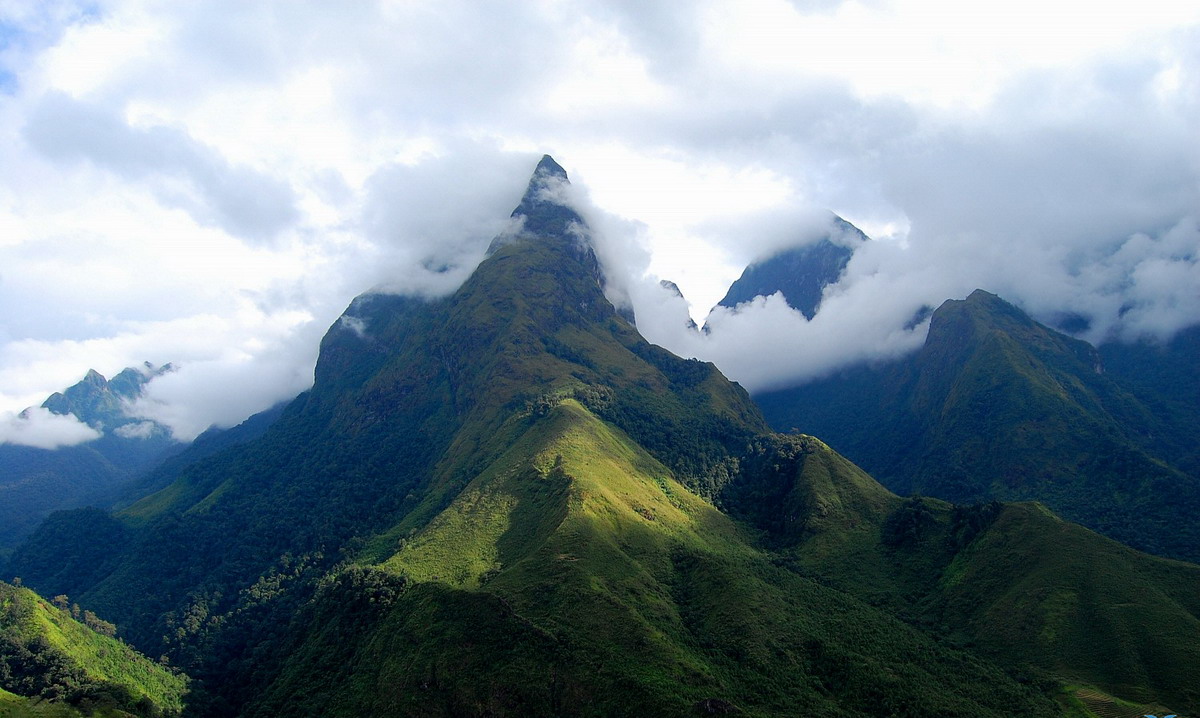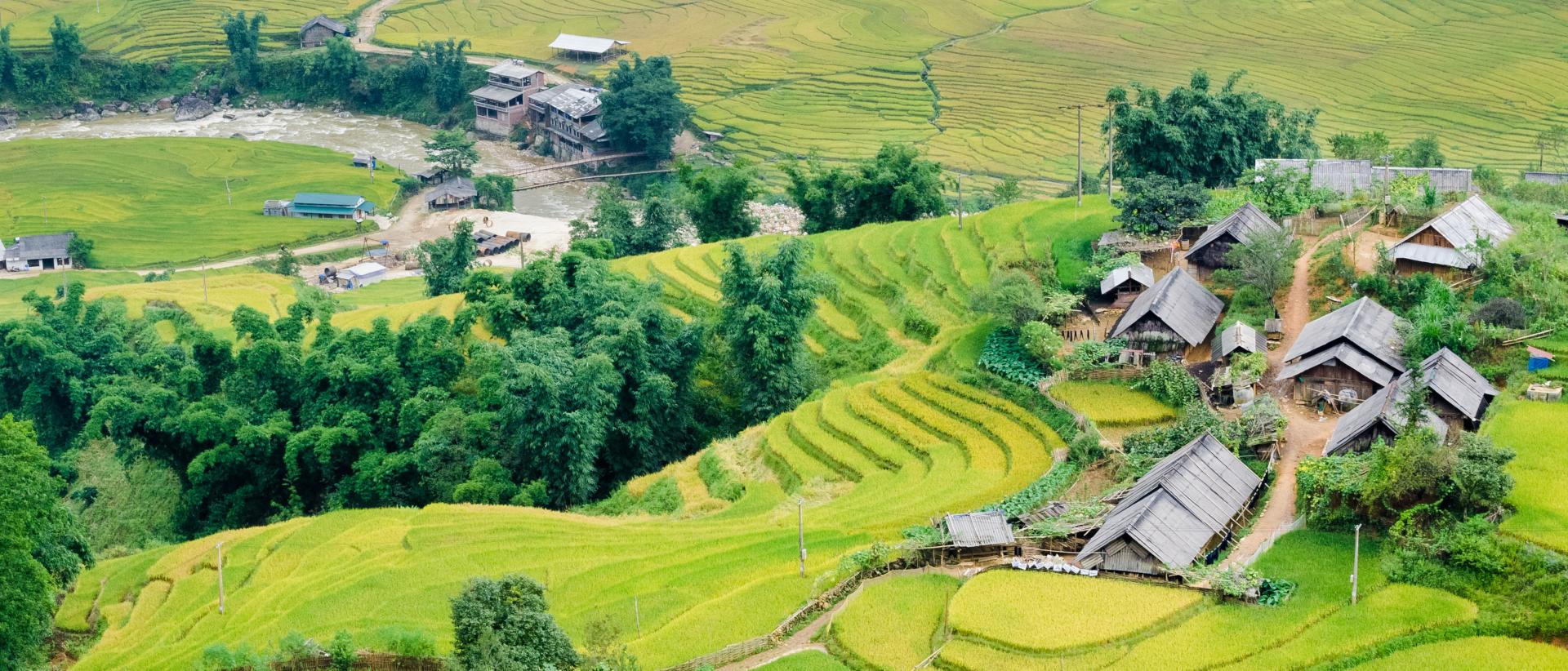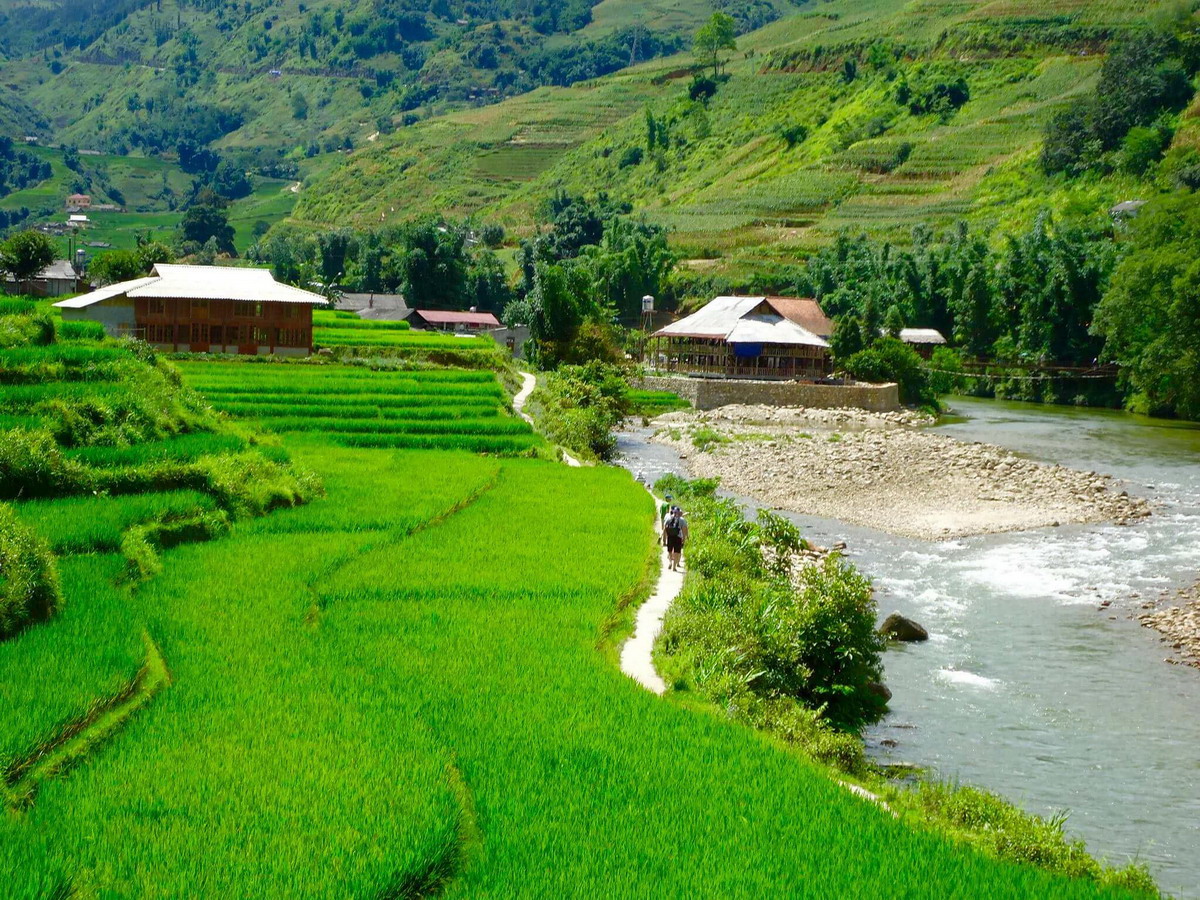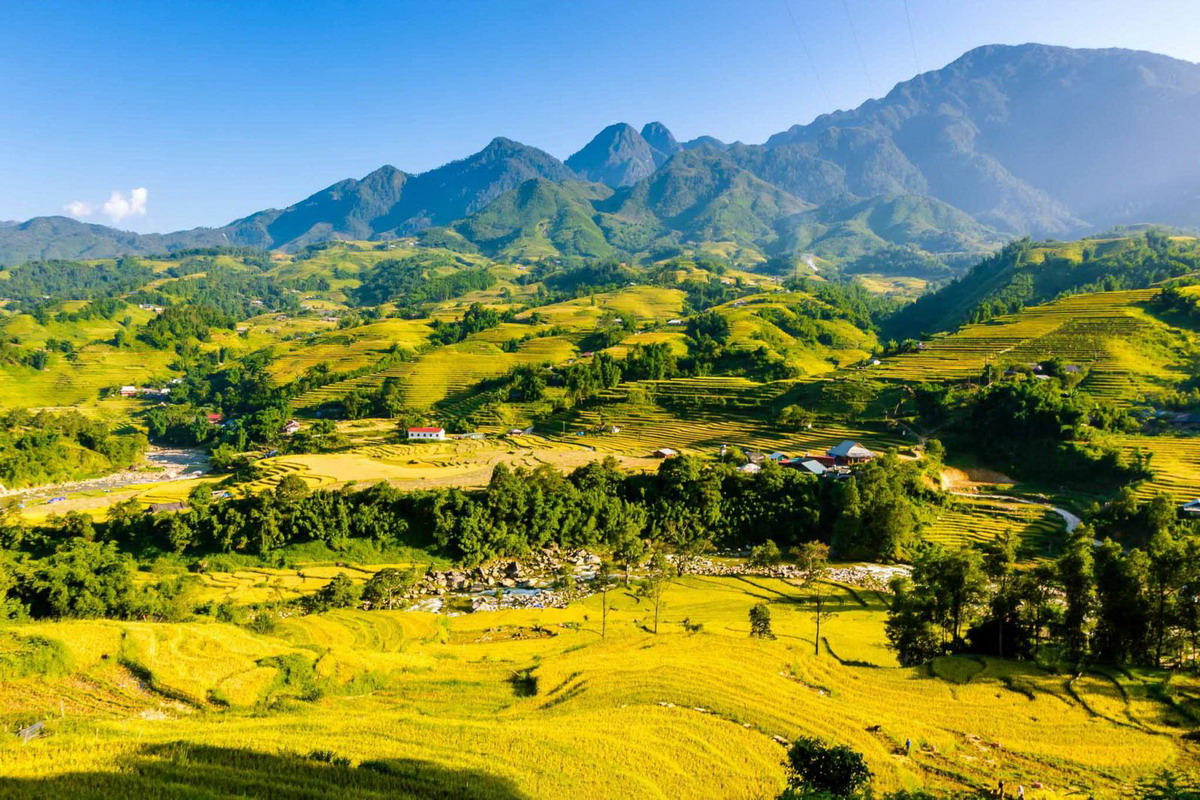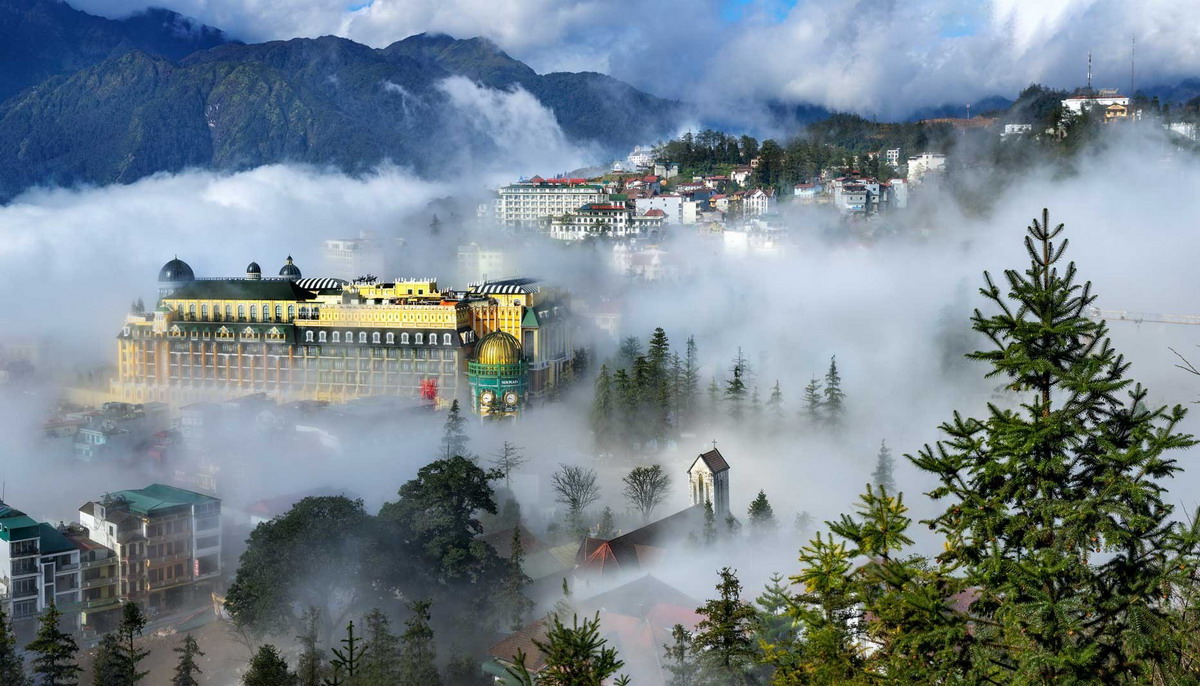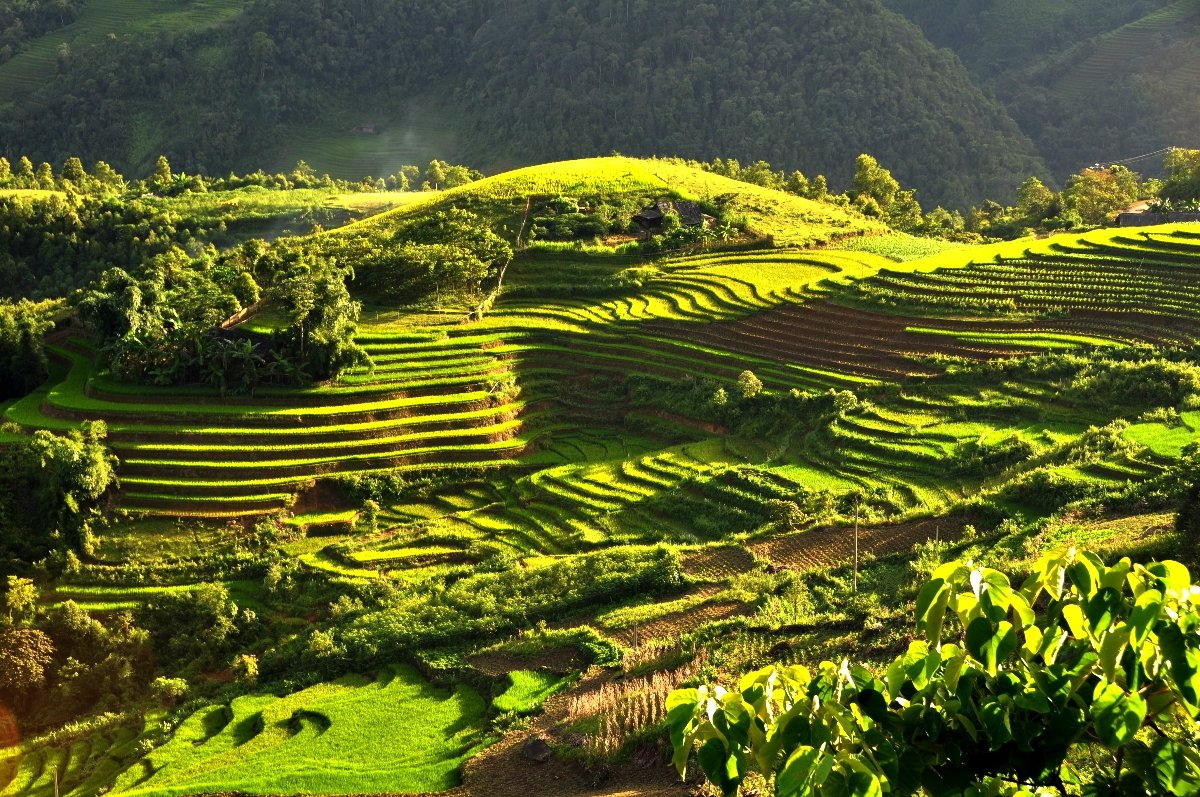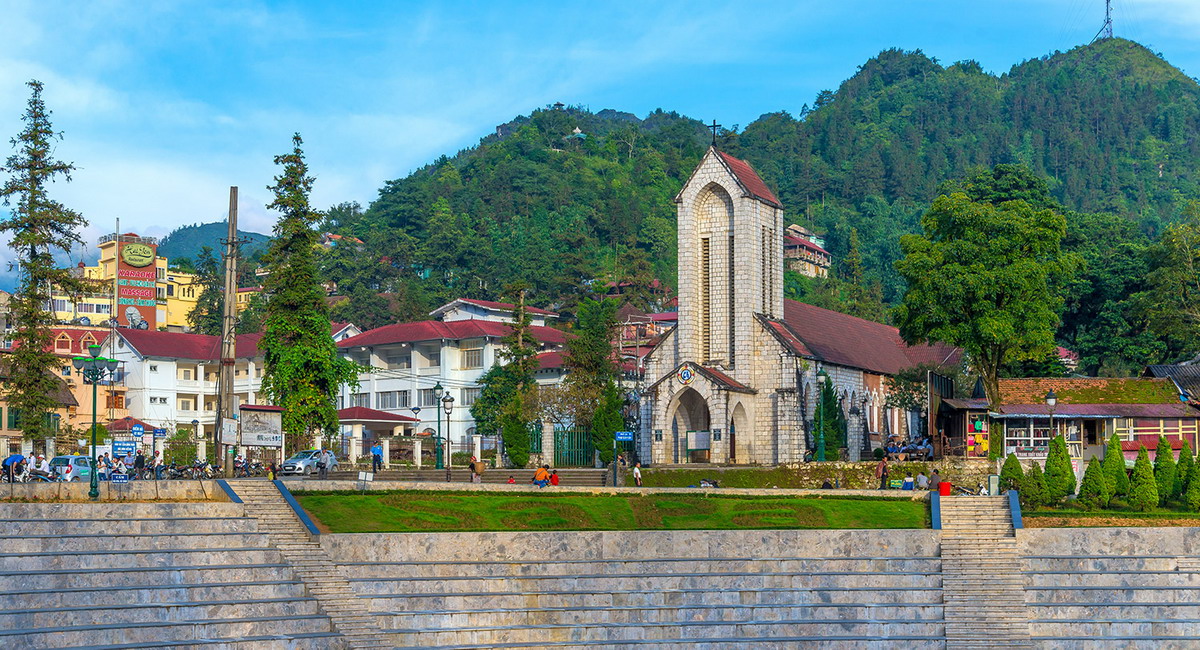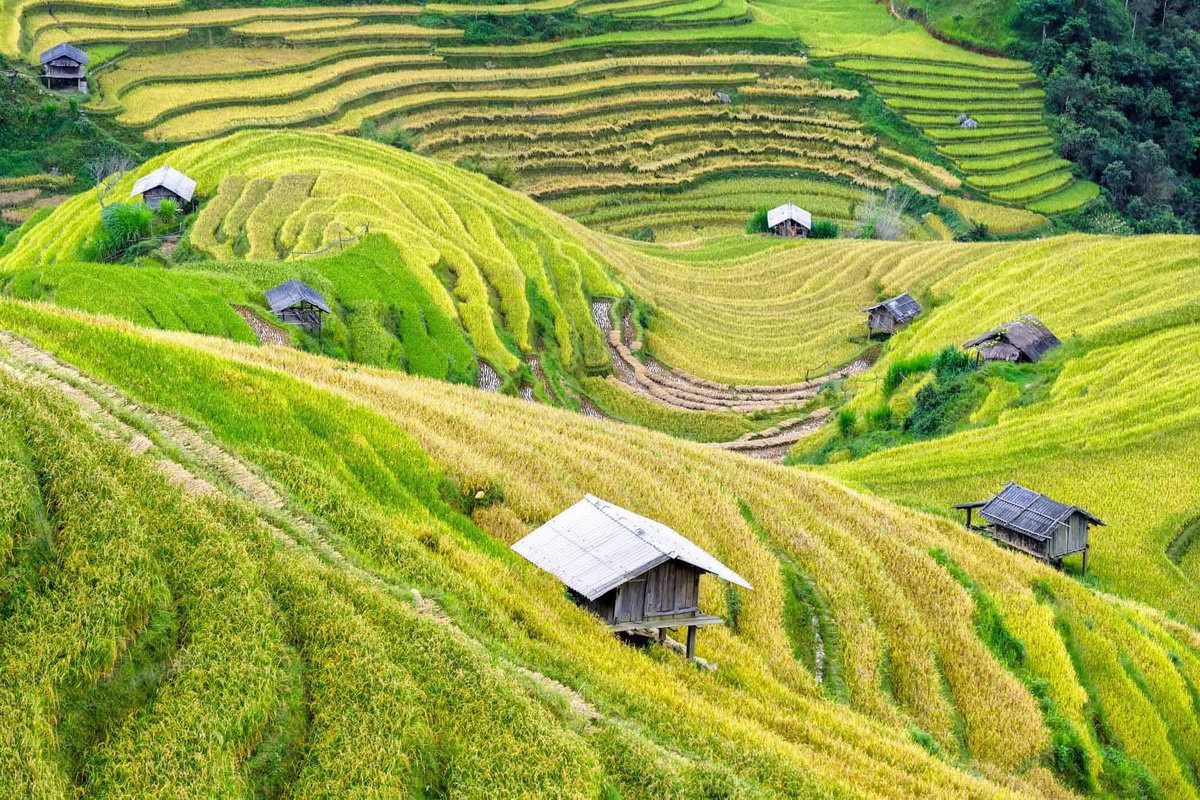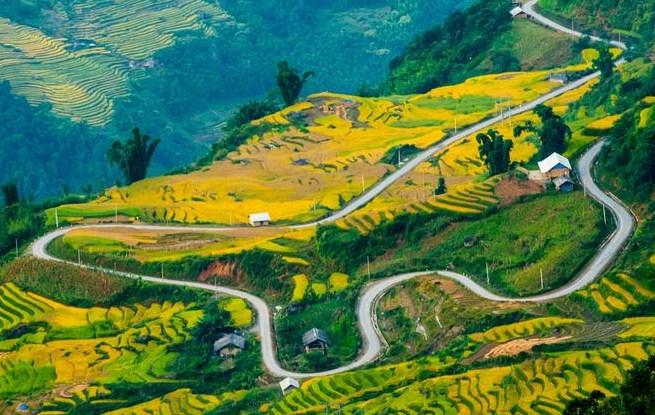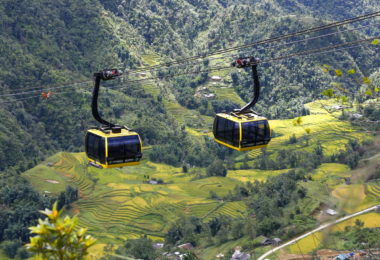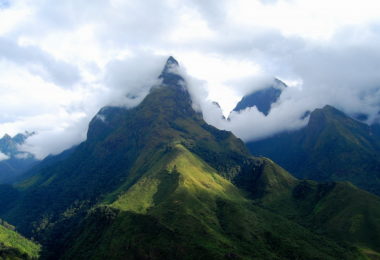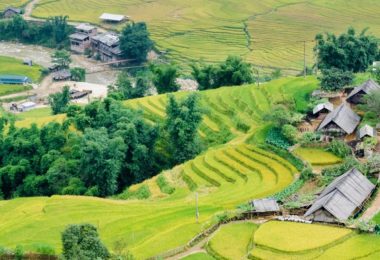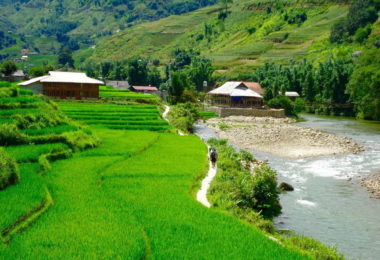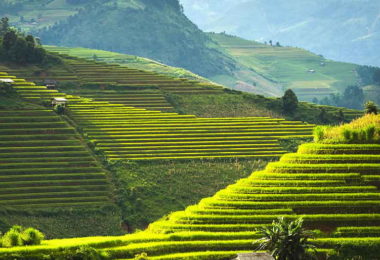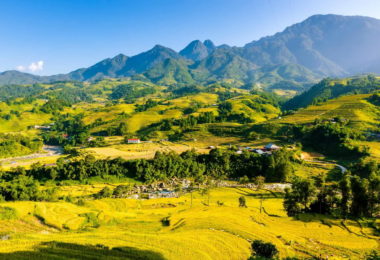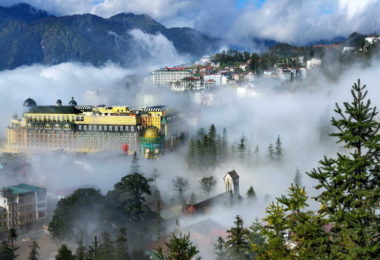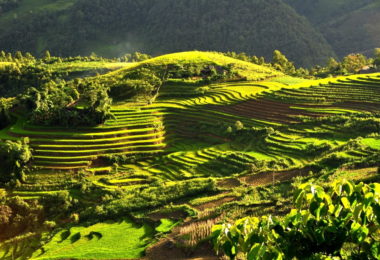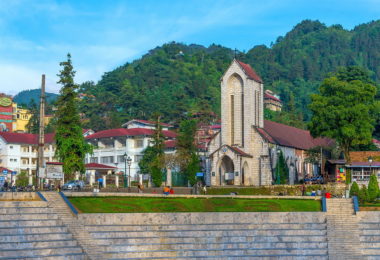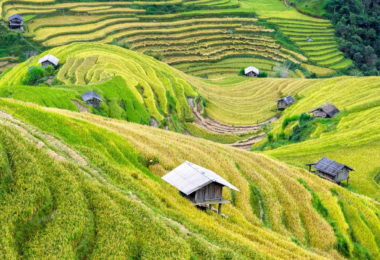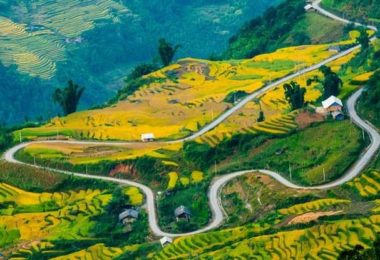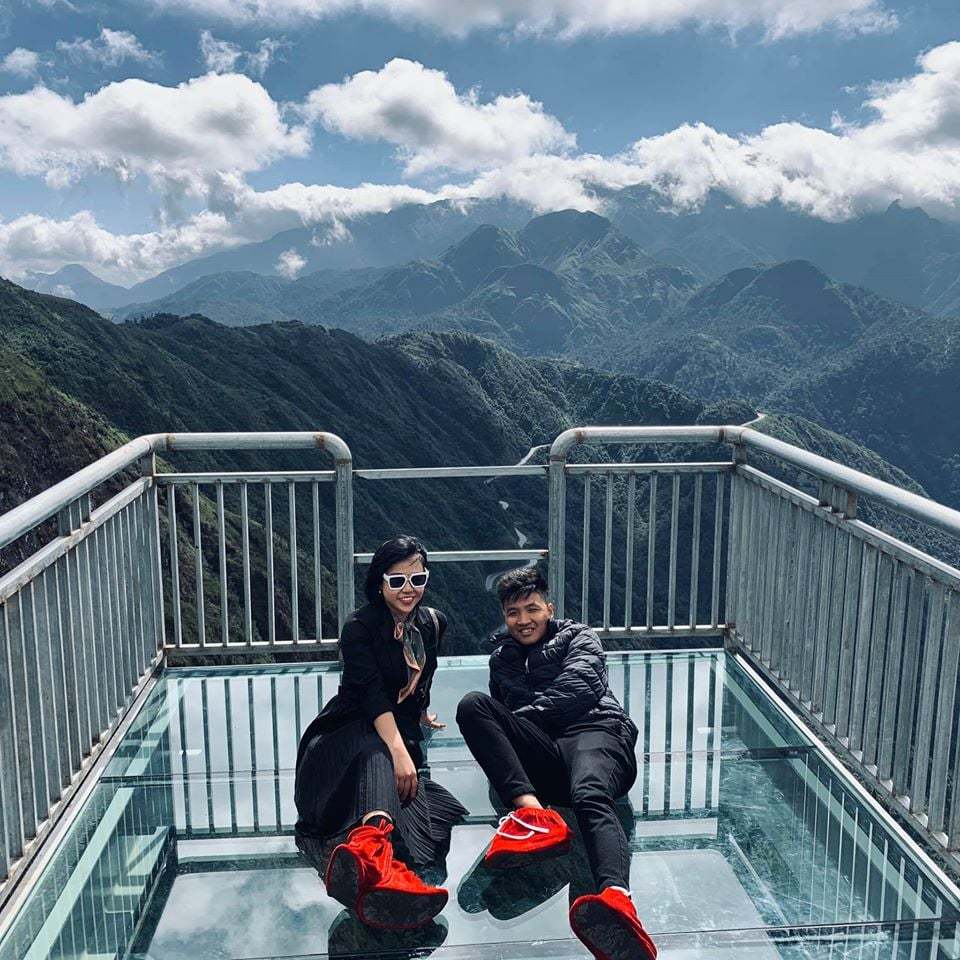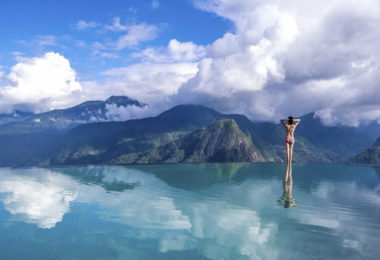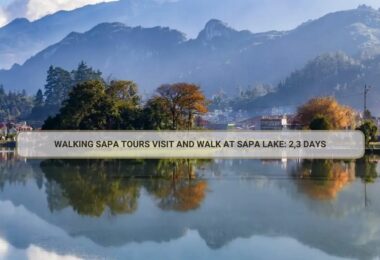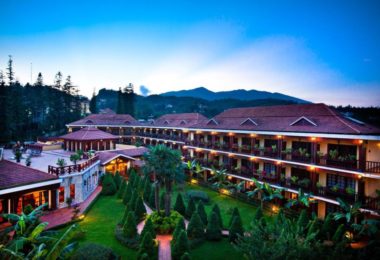Sapa, a famous destination located in Lao Cai province, Northern Vietnam, is an ideal place to enjoy the cool climate and explore the majestic natural beauty. To get to Sapa, visitors have many options for transportation depending on the starting location and personal preferences. Below are detailed and specific instructions on means of transportation to Sapa.
Introduction to Sapa
Sapa is a town in Lao Cai province, located in the northwest of Vietnam, near the border with China. The town is about 38 km from Lao Cai city and about 320 km northwest of Hanoi’s capital. Sapa’s geographical location is especially favorable for tourism, with an easy transportation system connecting Hanoi and other provinces.

Introduction to Sapa
Known as one of the most famous tourist destinations in Vietnam, Sapa is not only notable for its cool temperate climate all year round but also for the majestic beauty of the mountains and forests and the unique culture of the ethnic groups. Sapa town is located at an altitude of about 1,500 – 1,650 meters above sea level, Sapa is surrounded by the Hoang Lien Son mountain range, famous for Fansipan peak – the highest peak in Indochina, also known as the “Roof of Indochina" with an altitude of 3,143 meters. This mountain range is not only an ideal destination for those who love climbing but is also home to many rare flora and fauna species.
Travel from Hanoi to Sapa
By train
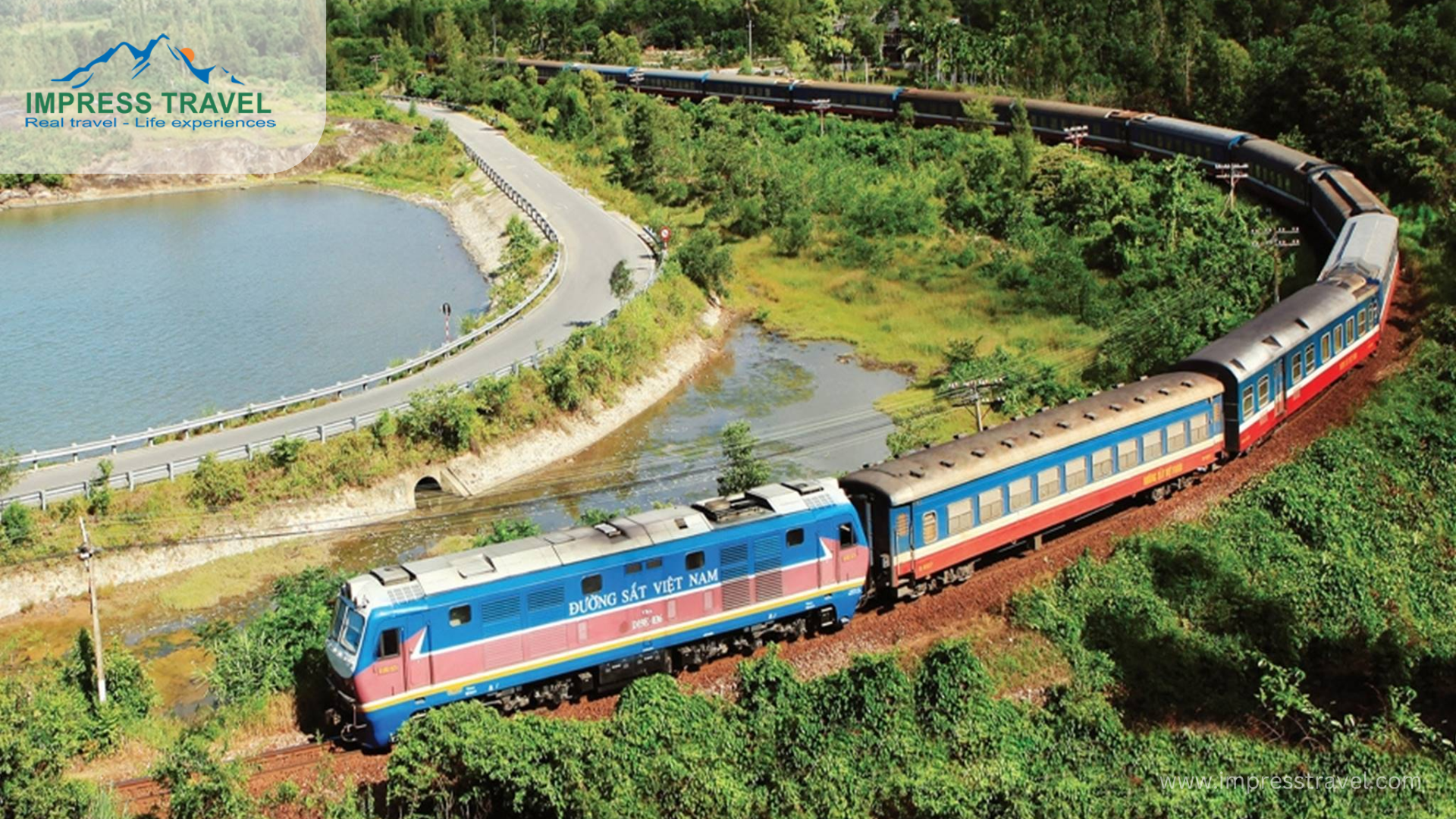
Travel from Hanoi to Sapa by train
Trains are a popular, safe and enjoyable means of transportation for tourists from Hanoi to Sapa. This journey gives visitors the opportunity to see the beautiful scenery of the Northern mountains.
- Train type: Trains from Hanoi to Lao Cai include trains SP1, SP3, SP7 (running at night) and trains LC1, LC3 (running during the day). These trains have many ticket classes such as hard seats, soft seats, hard sleepers and soft sleepers. In particular, the SP train is a high-quality train, suitable for tourists who want a more comfortable experience.
- Travel time: Travel time by train from Hanoi to Lao Cai is about 8-9 hours. Night trains usually depart from Hanoi around 9:30 p.m. – 10:00 p.m. and arrive at Lao Cai station early the next morning, helping tourists save time resting.
- Ticket price: Train ticket prices range from 150,000 to 700,000 VND, depending on the type of seat and included services. VIP train carriages or tourist carriages often cost more but guarantee comfort and convenience.
- Booking tickets: Train tickets can be booked online through websites such as Vietnam Railways, Livitrans Express, and Sapaly Express or purchased directly at Hanoi station. To ensure a seat, especially during peak tourist season, it is recommended to book tickets at least a week in advance.
- Transfer from Lao Cai to Sapa: From Lao Cai station, visitors can take a bus or taxi to Sapa. Buses usually cost from 30,000 to 50,000 VND/person and take about 1 hour to travel. Taxis cost about 400,000 to 500,000 VND/trip, suitable for groups of tourists or families.
By passenger car
Passenger cars are a flexible and time-saving means of travel from Hanoi to Sapa. Currently, there are many high-quality coach companies serving this route.
- Coach companies: Some reputable coach companies include Sapa Express, Eco Sapa, Ha Son Hai Van, etc. These coach companies or limousines bring comfort to passengers.
- Travel time: Travel time by coach from Hanoi to Sapa is about 5-6 hours. Coaches usually depart from My Dinh bus station, Giap Bat bus station or from pick-up points in central Hanoi.
- Ticket price: Ticket prices range from 200,000 to 400,000 VND/person, depending on the type of vehicle and accompanying services. Limousines have higher ticket prices but ensure better comfort and service.
- Booking tickets: Tickets can be booked online through companies’ websites or through reputable ticket booking applications such as Vexere, and Baolau. In addition, visitors can also buy tickets directly at the station or the company’s representative offices.
By motorbike or self-driving car
For travelers who love freedom and want to explore beautiful scenery along the way, driving a motorbike or car from Hanoi to Sapa is a wonderful experience.
- Route: There are two main routes from Hanoi to Sapa:
- Route via Highway 4D: From Hanoi, tourists follow Highway 70 through Viet Tri, Doan Hung, Phu Tho, Yen Bai to Lao Cai and continue along Highway 4D to Sapa. This is a popular and easier route.
- Route via Highway 32: From Hanoi, follow Highway 32 through Son Tay, Nghia Lo, Mu Cang Chai to Than Uyen, then from there follow Highway 279 and Highway 4D to Sapa. This route is longer and has many steep passes but the scenery is very beautiful.
- Travel time: If traveling by car, travel time is about 6-7 hours. If traveling by motorbike, the time will be longer, about 10-12 hours, depending on speed and number of breaks along the way.
- Preparation: Before departing, visitors should carefully check the vehicle, bring all documents and basic repair tools. You should prepare appropriate clothing, especially a warm jacket because the weather in Sapa can be very cold, especially in winter.
- Note: The road to Sapa has many steep sections and sharp turns, especially during the rainy season. Tourists need to drive carefully, pay attention to safety, and rest when feeling tired.
Travel from other provinces to Sapa
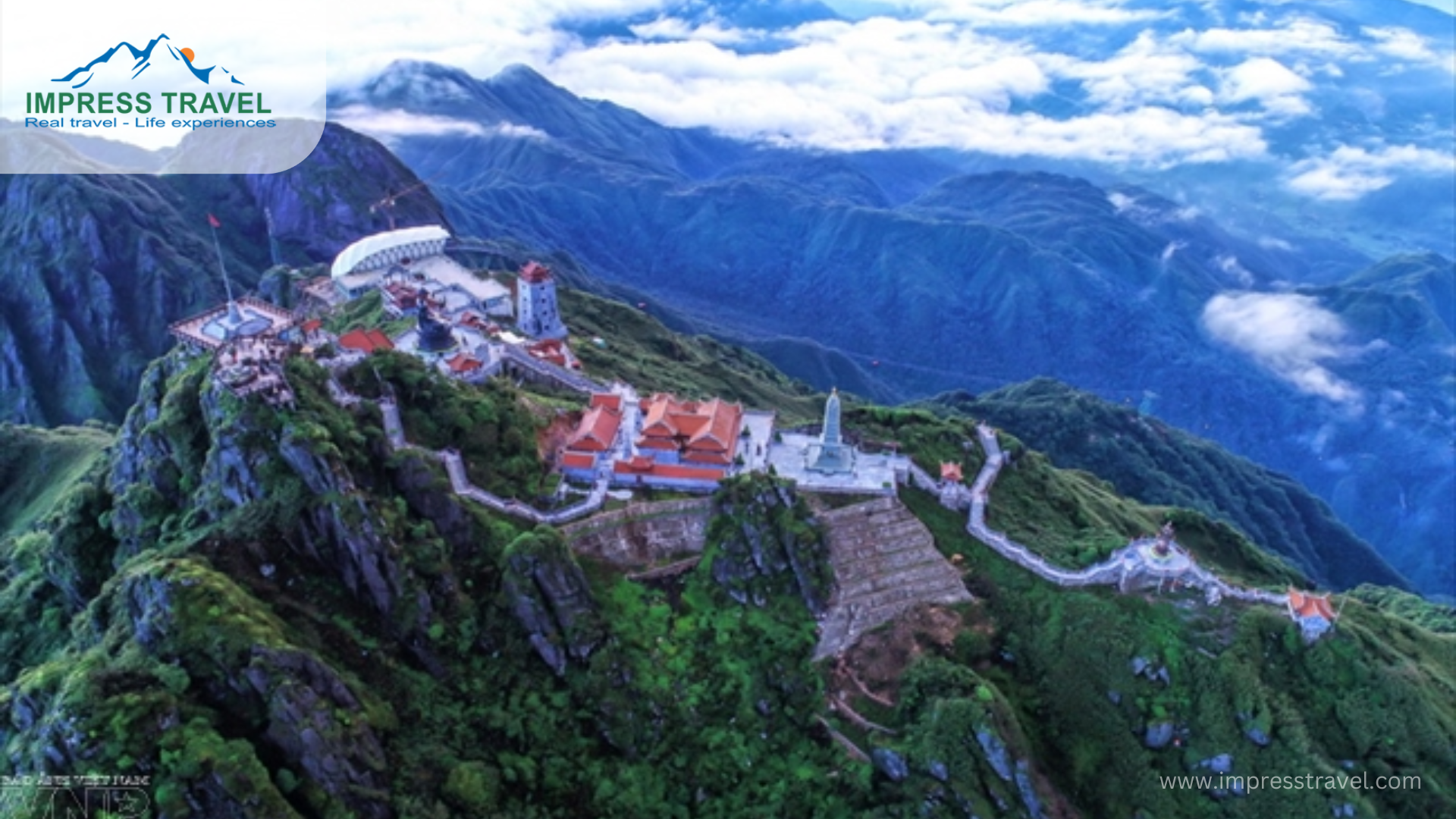
Travel from other provinces to Sapa
From Ho Chi Minh City
Tourists from Ho Chi Minh City can choose to fly to Hanoi or Hai Phong, and then continue their journey to Sapa by the means mentioned above.
- Flights: There are many daily flights from Ho Chi Minh City to Hanoi or Hai Phong. Flight time is about 2 hours. Airlines such as Vietnam Airlines, Vietjet Air, and Bamboo Airways all have these flights.
- Combined means of transportation: After arriving in Hanoi or Hai Phong, visitors can continue their journey by train, coach or rent a self-driving car to get to Sapa. If from Hai Phong, visitors need to take a coach or train to Hanoi before continuing the journey to Sapa.
From Da Nang
Similar to Ho Chi Minh City, tourists from Da Nang can also fly to Hanoi or Hai Phong and then continue their journey to Sapa.
- Flight: Flights from Da Nang to Hanoi or Hai Phong take about 1.5 hours. Airlines such as Vietnam Airlines, Vietjet Air, and Bamboo Airways all offer these flights.
- Combination of transportation: After arriving in Hanoi or Hai Phong, visitors can choose a train, coach or rent a car to get to Sapa.
Moving in Sapa
Motorbike
Renting a motorbike is a popular and convenient option to explore Sapa and surrounding areas such as Muong Hoa valley, Cat Cat village, Ta Van village. There are many motorbike rental locations in town with rental prices ranging from 100,000 to 150,000 VND per day. Visitors should carefully check the car before renting and bring necessary personal documents.
Bicycle
Bicycles are also an interesting choice for moving around areas near town, especially for tourists who love exercise and sightseeing. Bicycle rental prices are usually from 50,000 to 100,000 VND per day. Visitors can cycle to visit the valleys, terraced fields and villages around Sapa.
Taxis and motorbike taxis
Taxis and motorbike taxis are always ready to serve tourists in Sapa. Taxi fares usually range from 10,000 to 15,000 VND per kilometer. Motorbike taxis are cheaper, and suitable for short trips or when tourists need to move quickly around town.
Buses and trams
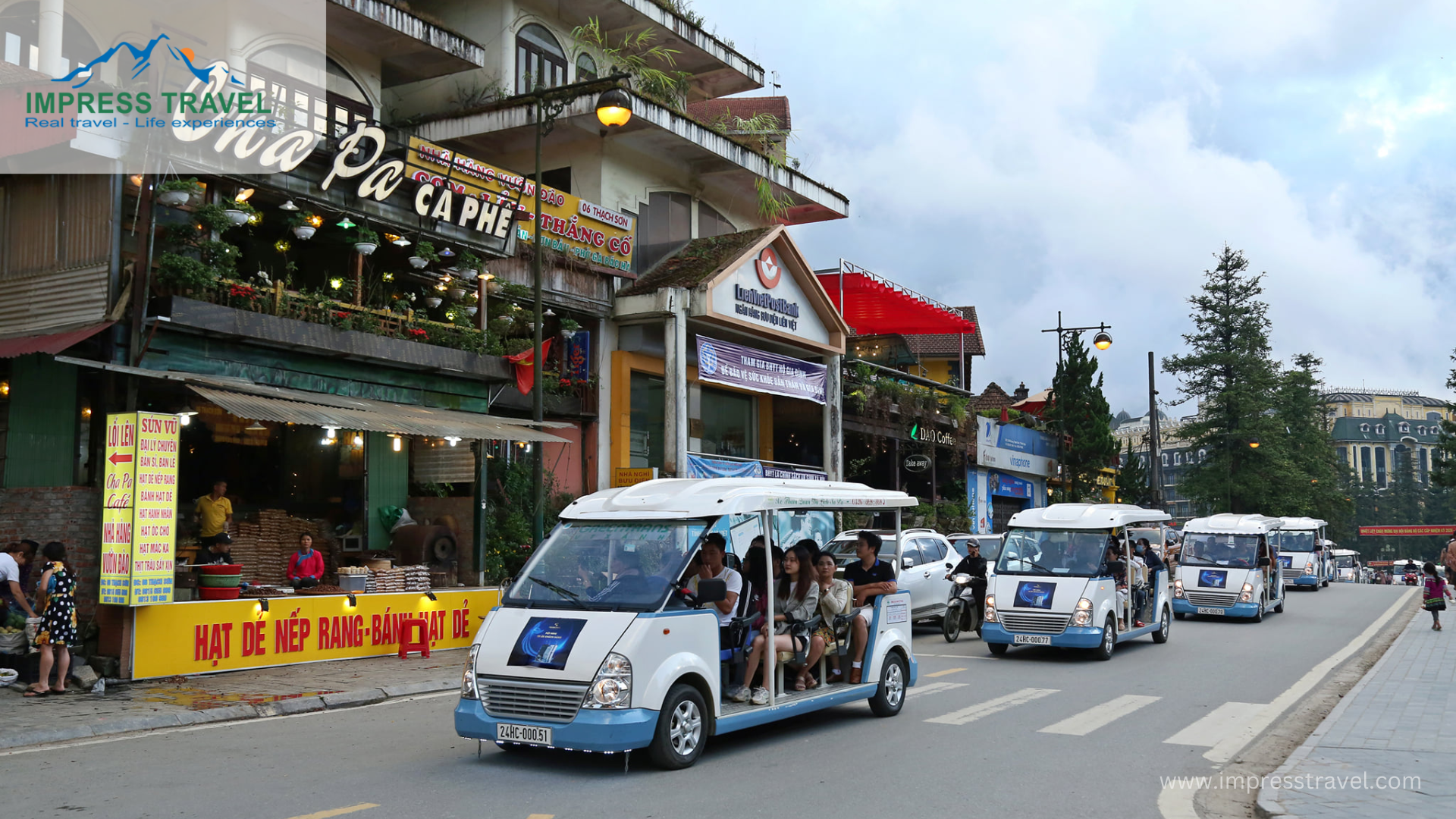
Buses and trams
A number of bus and tram routes operate in the Sapa town area and nearby tourist destinations such as Fansipan cable car, Cat Cat village, Muong Hoa valley. This is convenient and cost-effective public transportation. Bus ticket prices are usually around 10,000 to 20,000 VND per trip.
Things to note when moving to Sapa
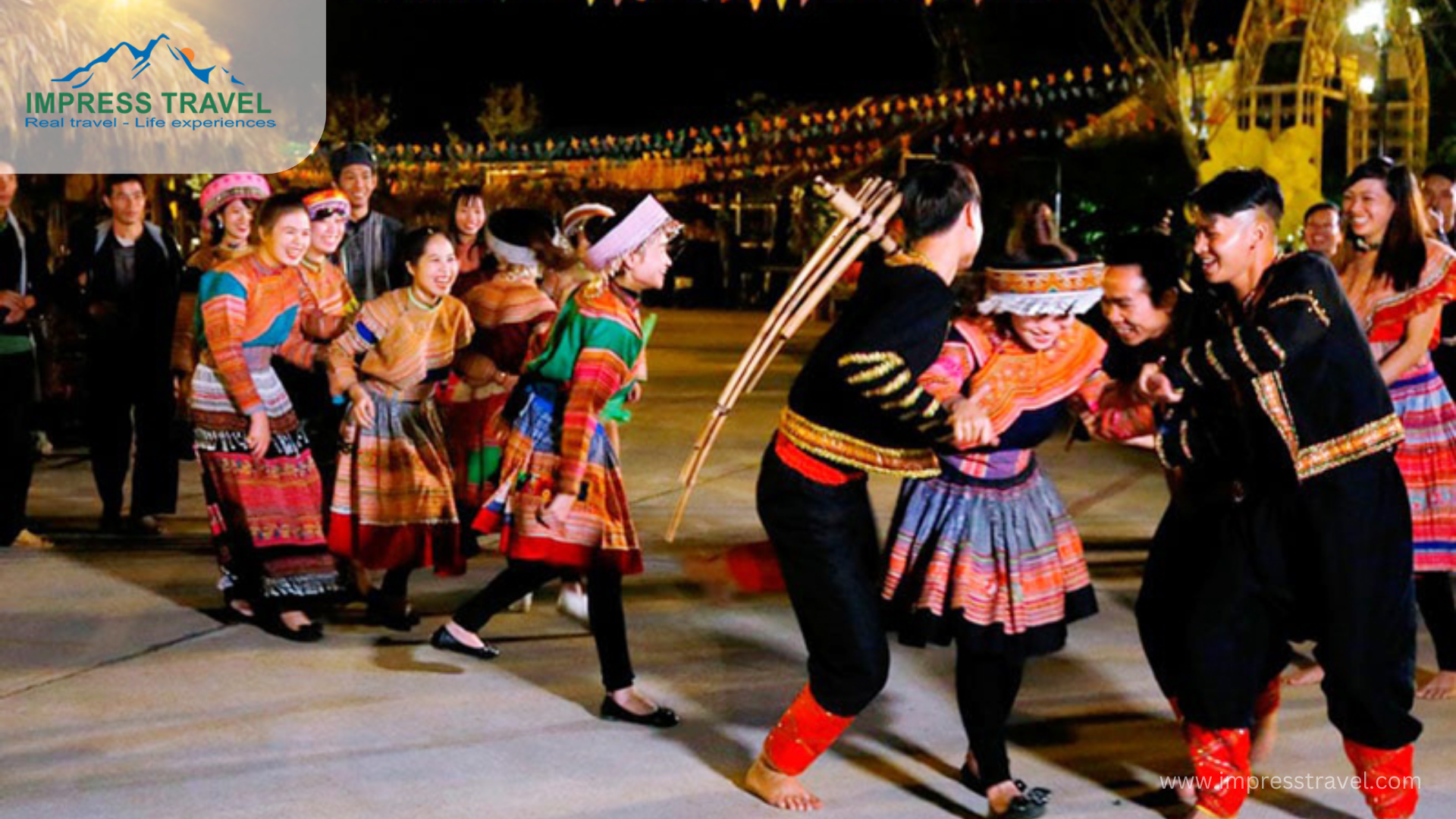
Things to note when moving to Sapa
- Weather: Sapa has a temperate climate, cold winters and possibly snow, and cool summers. You should check the weather forecast before going and prepare appropriate clothing. In particular, in winter, you need to bring warm coats, hats, gloves and scarves.
- Traffic safety: The road to Sapa has many steep and winding sections, especially during the rainy season. You should drive carefully and pay attention to traffic safety. Tourists should rest and not drive when tired to ensure safety.
- Book in advance: To avoid sold-out tickets or high ticket prices, you should book train, coach, and accommodation tickets before departure, especially during peak tourist season. Hotels and homestays in Sapa often have many incentives for early booking.
- Check the vehicle: Before departing, visitors should carefully check the vehicle’s condition, ensuring enough fuel and basic repair tools. For motorbikes, it is necessary to check the tires, brakes, lights and horns.
- Bring necessary items: In addition to warm clothes, visitors should bring a map or use a GPS, backup medicine, drinking water and snacks. In particular, you need to bring personal documents such as an ID card, passport and driver’s license.
- Comply with local regulations: When visiting ethnic villages, visitors should respect the customs and practices of local people, not litter and maintain environmental hygiene.
Conclusion
With the above-detailed information, we hope you will have a smooth and complete journey to Sapa. Sapa not only brings wonderful natural experiences but is also rich in the cultural identities of ethnic minorities, promising to be an ideal destination for all tourists.
Don’t forget to regularly follow our Facebook page and Website for more interesting information about traveling and booking Sapa tours at the best prices.



































